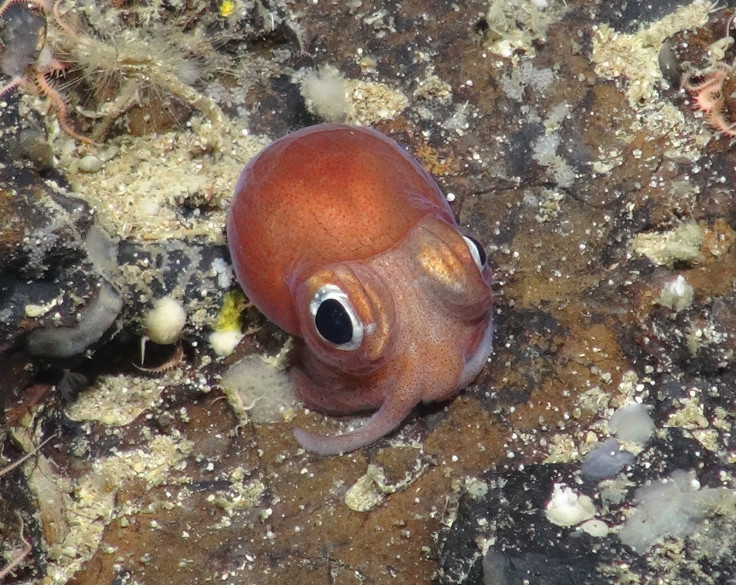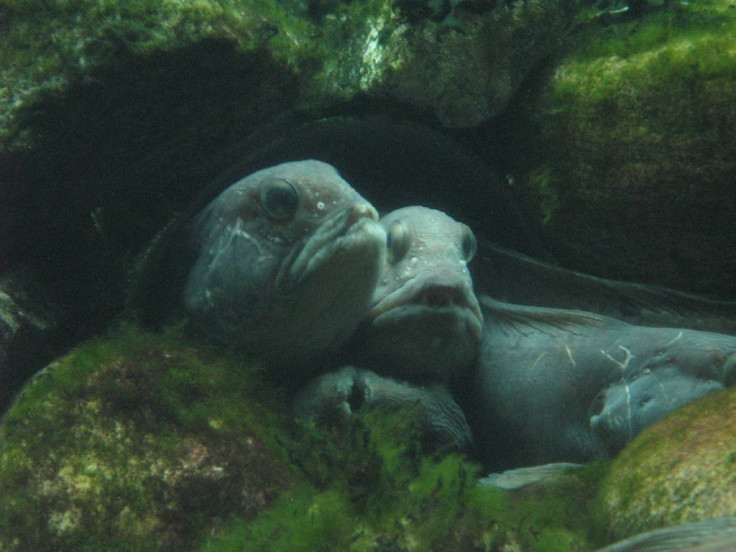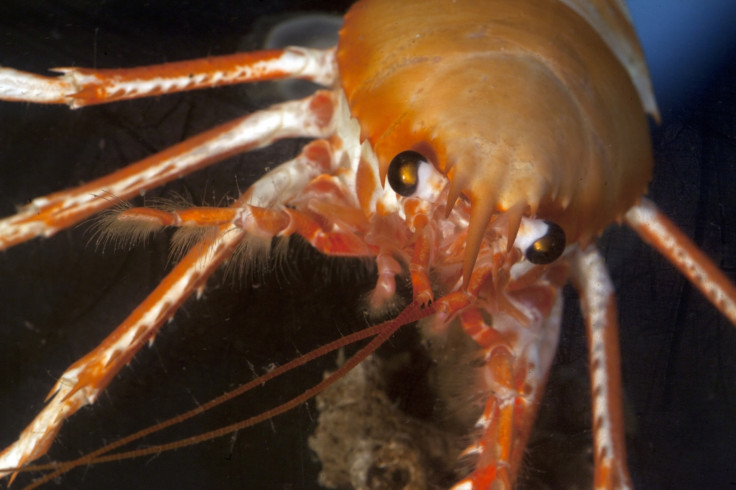How trawling is destroying our deep-sea coral gardens and the planet's oldest living creatures
The mysterious habitats of the deep are being destroyed before we know anything about them.
Given its vastness and apparent remoteness from our everyday lives, the deep sea has been widely considered protected from the impacts of the human era, known as the Anthropocene. This, unfortunately, is not true.
For many decades, the deep sea has been an 'out of sight, out of mind' rubbish dump. Munitions, waste, lost ships and shipping containers, radioactive waste and sewage have all been disposed of in the deep sea.
Our knowledge of the full extent of deep-sea pollution is far from complete, although it accrues yearly. Recently microplastics have been found in deep-sea sediment samples – some of which are an extraordinary distance (2,800 km) from major pollution sources.
The impact of such pollution on deep-sea animals is unclear. In addition, over the last century humans have been increasing the harvest of biomass from the deep sea. The most damaging form of this harvesting – bottom trawl fishing – has expanded continually since the 1950s and now commonly occurs at depths approaching 2,000m.
To give an idea of the destructive potential of trawling, imagine flattening whole forests just to collect the birds that live in it. This is effectively what happens to deep-sea coral gardens, which are biodiversity hotspots. Wasteful doesn't even begin to describe the effects of trawling on these habitats where corals can live for over 4,500 years, making them some of the oldest living creatures on the planet.
Unsurprisingly there is little evidence of coral forest recovery over decadal time scales. Bottom trawling is global and dwarfs other physical impacts at comparable depths. Nearly 2 million square kilometres of the seabed under signed exploration contracts. The potential of lucrative mineral extraction from the deep sea looms large. Manganese nodules, cobalt-rich crusts and massive polymetallic sulphide deposits could all be harvested, but we have no idea of what the impacts will be.

All the activities listed above are happening despite a relative dearth of fundamental knowledge about deep-sea organisms and the environment they inhabit. In effect, exploitation of deep-sea resources has outpaced scientific data-gathering and exploration.
Basic information about species and their habitats, such as the extent of migration or isolation, reproduction and development, are lacking beyond a few species. Yet this knowledge is vital if deep-sea habitats are to be conserved and resources managed responsibly.
In particular, a detailed understanding of species ranges, and how constituent populations or subpopulations are maintained through dispersal is critical to determining the size of conservation units, effective marine protected area design, and any future recovery from impacts.

The way that we get this information is by collecting multiple individuals from multiple locations and then studying the genetic similarities and differences between these individuals; a research field called population genetics.
In our recent population genetics review, we found only 77 studies focusing on invertebrates – which covers virtually everything but fish – living on the deep-sea floor, which is the largest habitat on Earth. The studies comprise just 115 species – a drop in the ocean (pun intended) compared to the millions that likely exist in this biome.
Only two studies extended below 5,000m, which accounts for a quarter of the planet's surface. Many invertebrates, such as corals and sponges are important ecosystem engineers, providing a framework for other animals to inhabit. These corals and sponges perform a similar role to that of rainforest trees, yet few population genetic studies have included these species.

Nevertheless, from this relatively small pool of studies, we have started to develop a general picture regarding patterns of inter-population connectivity, which for most deep-sea animals occurs via eggs and larvae dispersing along ocean currents. Primarily, we have found that populations are often different at different depths. This is perhaps unsurprising given that temperature, pressure and food availability also change with depth.
This population structure can occur across a few hundred metres. As you go deeper, animals that may be superficially of the same breeding 'stock' as those that are shallower turn out to be distinct and may even be separate 'cryptic' species. This is in stark contrast to the lack of structure found in the horizontal dimension, with well-connected populations often spanning thousands of kilometres.
This knowledge amounts to very broad brushstrokes. But in the face of increased resource exploitation in the deep sea, stakeholders require fine detail and information that is bespoke for their particular management needs.

The main reason for this lack of research is the large cost of accessing and sampling the deep sea, combined with general low awareness that deep-sea biology research is lagging behind human encroachment. However, huge advances in genetic sequencing producing vast quantities of data presents a real game changer for deep sea research, by allowing more information to be obtained from the collection of fewer animals, thus achieving better value for money for funders and stakeholders.
Our review is the first of its kind for almost 20 years. While progress has been made, the kind of fundamental knowledge that will be needed to guide our stewardship of the marine environment will require a greater degree of political will and investment. If this is forthcoming, the lives of animals across the bottom of our marine planet will be revealed to us as never before.
Michelle Taylor and Chris Roterman are a postdoctoral researchers in deep sea biology at the University of Oxford.
© Copyright IBTimes 2025. All rights reserved.




















